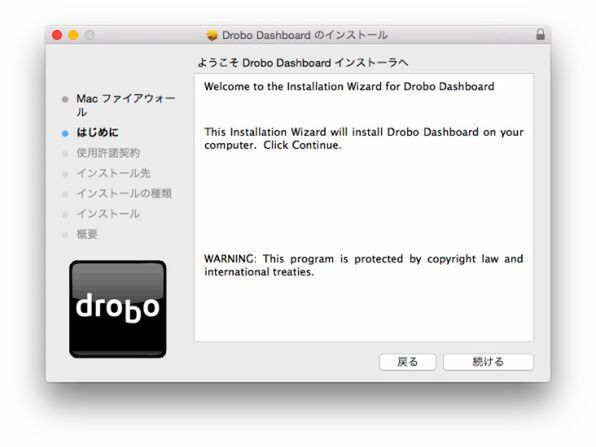
- COMPLETELY REMOVE DROBO DASHBOARD FROM MAC MAC OS
- COMPLETELY REMOVE DROBO DASHBOARD FROM MAC FULL
- COMPLETELY REMOVE DROBO DASHBOARD FROM MAC FREE
A partition is a hard-defined space on the drive that is then mounted as it exists. Or think you can copy an 80KB file to a thumb drive with a different format and suddenly find multiple GB being consumed because that format doesn't support the sparse function.īut tech moves on, we learned to drive automatics, we can learn APFS.Ĭlick to expand.No, they are not the same. That can be confusing if you then delete the file, expecting to save Gigabytes and only see 80KB actually made free.

Howard gave an example where he created a multi-GB file, left it empty and it shrank to under 80K actual size, despite being more than a GB virtually. And I haven't even mentioned that files are, by default, stored as sparse files in APFS, which saves a ton of actual storage for some uses, but not in all cases.

Now APFS just handles things, so you create the Container, Volumes get made and you just move along. HFS+ was a more primitive manager of drive space where you had to consider partitions and sizing them properly to make sure you had enough room before you even wrote the first byte to it. I remember when cars first had automatic transmissions that some folks insisted on going through the gears anyway, because that was "how things worked." Nowadays, everybody knows you just put it in Drive and move along. So, what does all that mean? Well, it means that to the system, the drive is entirely consumed and dedicated to Container disk3, but Container disk3 is less than half used.Ĭlick to expand.Patrick, it's not really confusing, it's just very different. Now you can see the Container is less than half used, with 579.19GB FREE.
COMPLETELY REMOVE DROBO DASHBOARD FROM MAC FULL
The storage has ONE Container, taking the full drive. The entire drive is consumed, according to that image. Here is a screenshot of Disk Utility in three ways: If DROBO is treating a Container like a Partition, that can lead to all sorts of strange goings on.Įven Disk Utility reports the space in a Container as completely used. A Container is NOT a partition, those are two separate, and different, things. As as far as the Container being shown as full, that is how APFS works. Apple has not released any significant details on the way APFS actually works, so the fact that a third party like Drobo cannot handle it is not surprising. The current Drobo Dashboard can't really deal with APFS in a meaningful way, so this is a work-around until it can, if that ever happens.ĪPFS is still a mystery. Fortunately, you can used Disk Utility to make a quick estimate of how much of the total capacity Drobo Dashboard Capacity shows is actually being used.
COMPLETELY REMOVE DROBO DASHBOARD FROM MAC FREE
Disk Utility shows how much space each Volume is actually using, which you can easily use Get Info for if just checking one Volume, but it also says the free space includes the reserved space Drobo uses for its recovery capability.
COMPLETELY REMOVE DROBO DASHBOARD FROM MAC MAC OS
It finally dawned on me that the capability of Volumes to change size as needed meant that as far as Mac OS was concerned all the available space was being used.ĭisk Utility helped but not completely. It said 9.6Tb was used when I had only put about 5Tb on the drive. Imagine my surprise in checking capacity to find 88% of the capacity was used.

A couple of days ago I reformatted it to APFS to take advantage of its Volumes capability. My Drobo was formatted for the previous file system and I could use the Drobo Dashboard capacity button to monitor use.


 0 kommentar(er)
0 kommentar(er)
